2005 Mitsubishi Concept-Sportback
- Story Cars
.png/v1/fill/w_320,h_320/file.jpg)
- Jun 6
- 2 min read
The 2005 Mitsubishi Concept-Sportback was introduced as a forward-looking vision for a new generation of sporty five-door hatchbacks, targeting the increasingly competitive European C-segment. This concept served a dual role—previewing both Mitsubishi’s future design language and a new modular platform that would underpin several upcoming models, including the next Outlander and Lancer variants.
Visually, the Concept-Sportback broke away from the curvier forms of earlier Mitsubishi designs. Its appearance was assertive and sharply defined, with a wedge-shaped profile, strong character lines, and a wide stance that conveyed stability and performance. The concept’s grille prominently featured the Mitsubishi three-diamond emblem, while the high, sculpted rear end gave the car a distinctive presence. It measured 4,500 mm in length, 1,795 mm in width, and 1,450 mm in height, with a wheelbase of 2,630 mm—dimensions that placed it squarely in the heart of the compact hatchback market.
The design direction reflected a philosophical shift under chief designer Akinori Nakanishi, moving away from the softer, rounded aesthetics favored by previous design chief Olivier Boulay. Elements of the upcoming Lancer could already be seen in the Concept-Sportback’s proportions and detailing, while its aggressive front end echoed the styling of the well-regarded 1996 Galant.
Importantly, the Concept-Sportback previewed Mitsubishi’s intention to expand its European lineup with a hatchback version of the Lancer, which had traditionally been offered only as a sedan in many markets. This shift acknowledged European consumers' growing preference for versatile hatchbacks over conventional saloons.
Underpinning the concept was a new Mitsubishi-developed platform designed for flexibility and global application. It could support multiple body styles and drivetrain layouts, from front-wheel-drive compacts to all-wheel-drive crossovers. This architecture would go on to support not only the next Lancer but also the second-generation Outlander and other global products.
Mechanically, the car hinted at new four-cylinder engines, including a high-output variant producing over 200 horsepower. This engine was reportedly developed in collaboration with Hyundai and DaimlerChrysler, reflecting the era’s growing trend of platform and powertrain partnerships. Transmission options and drivetrain layouts would include both front-wheel drive and all-wheel drive, allowing Mitsubishi to tailor the model for different market demands.
Overall, the 2005 Mitsubishi Concept-Sportback was a pivotal concept for the brand, introducing a bolder, more European-focused design language and laying the groundwork for the tenth-generation Lancer and other future models.







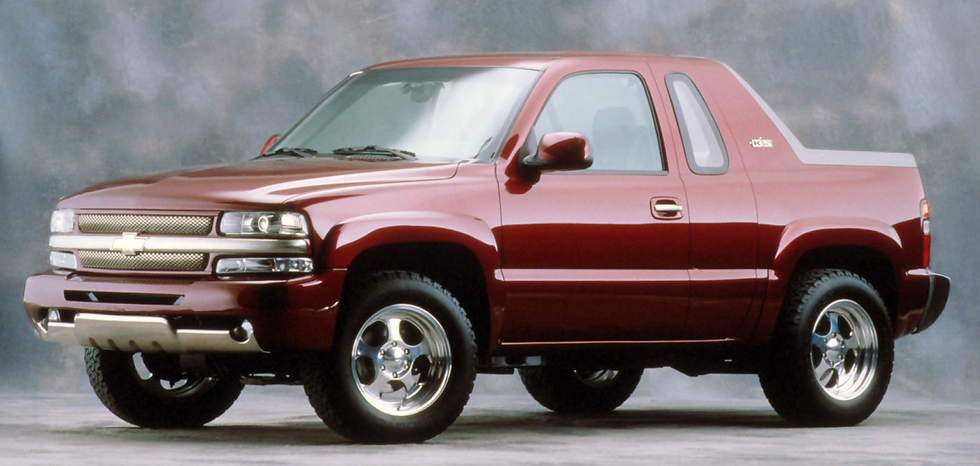






























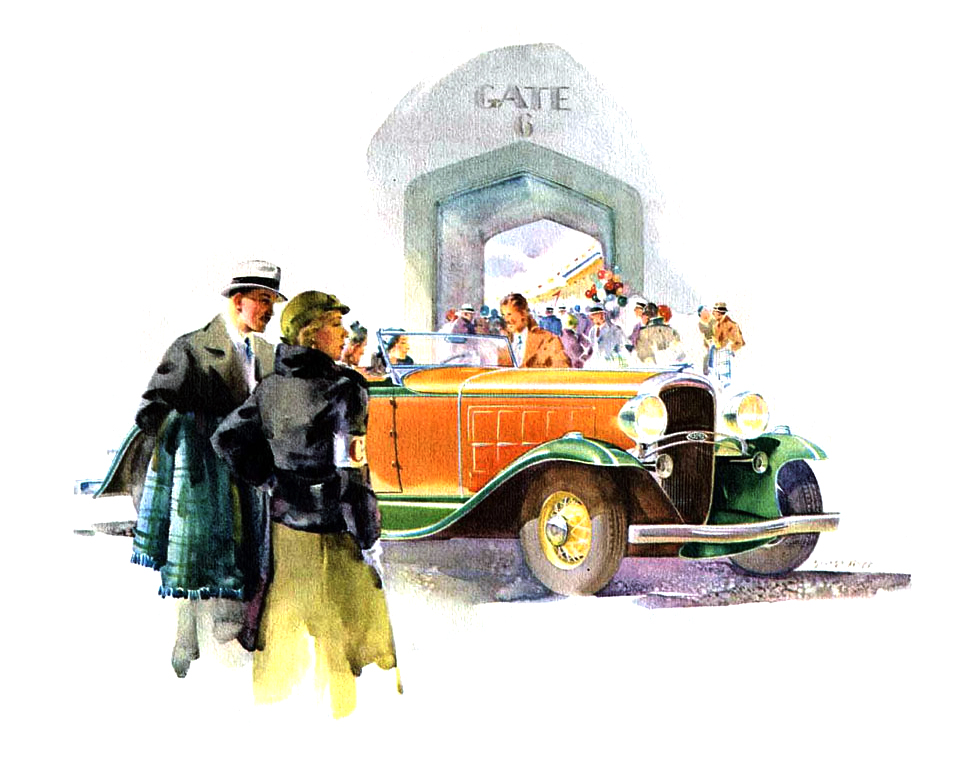
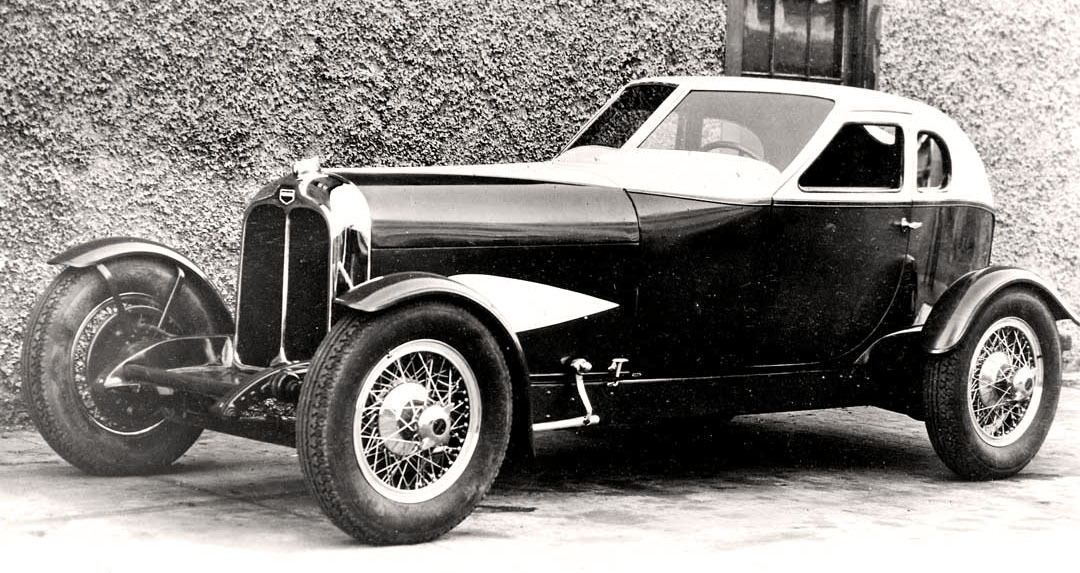
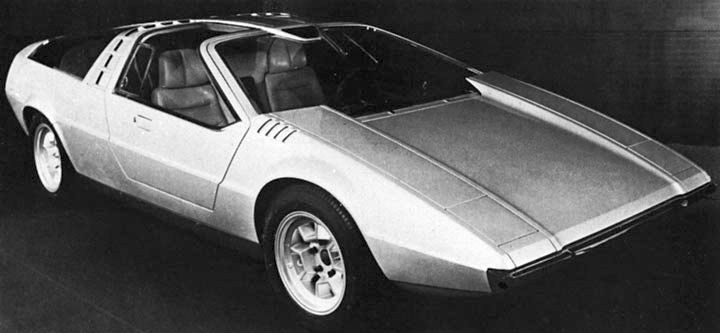






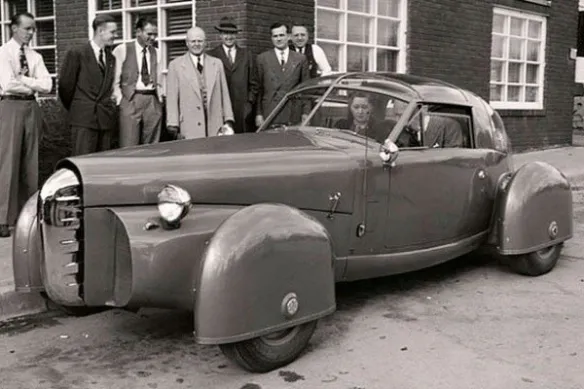



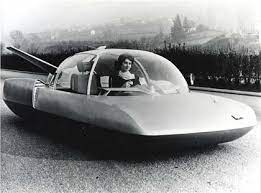

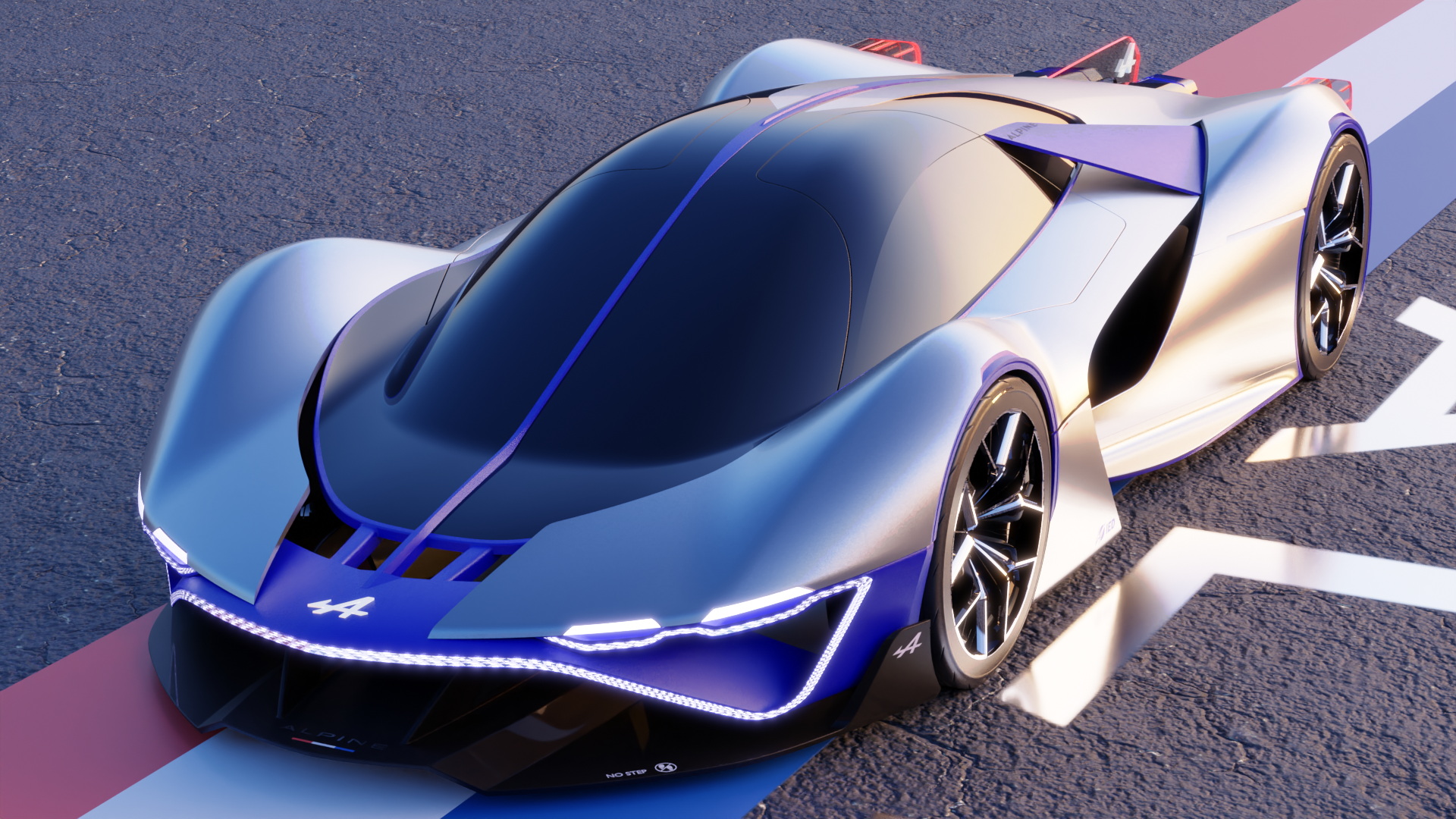


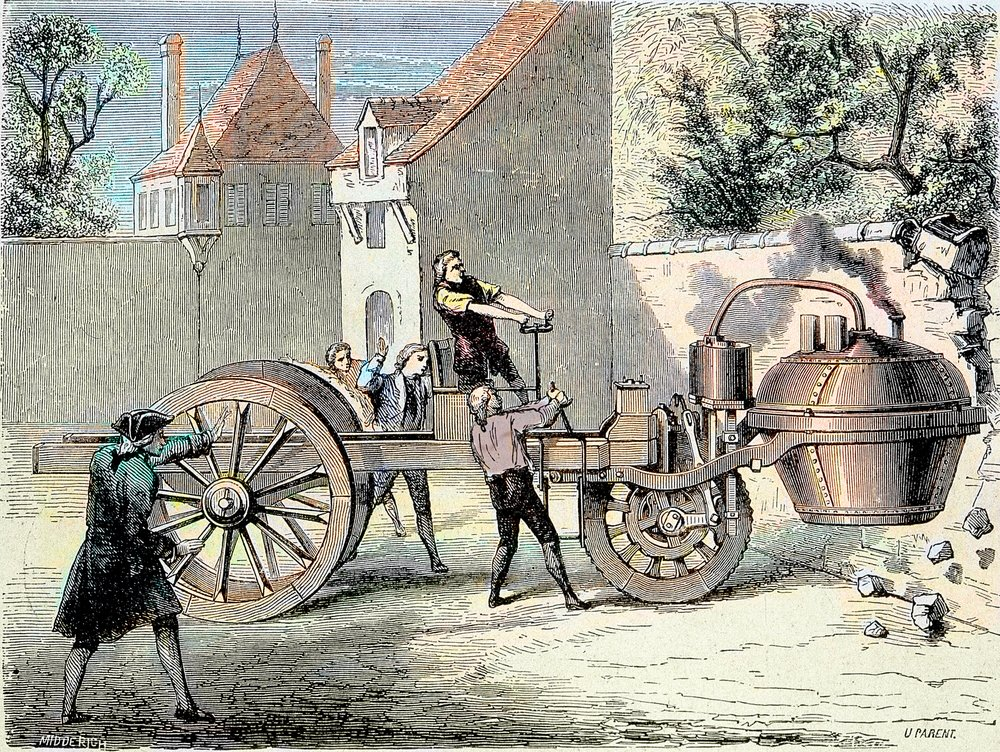
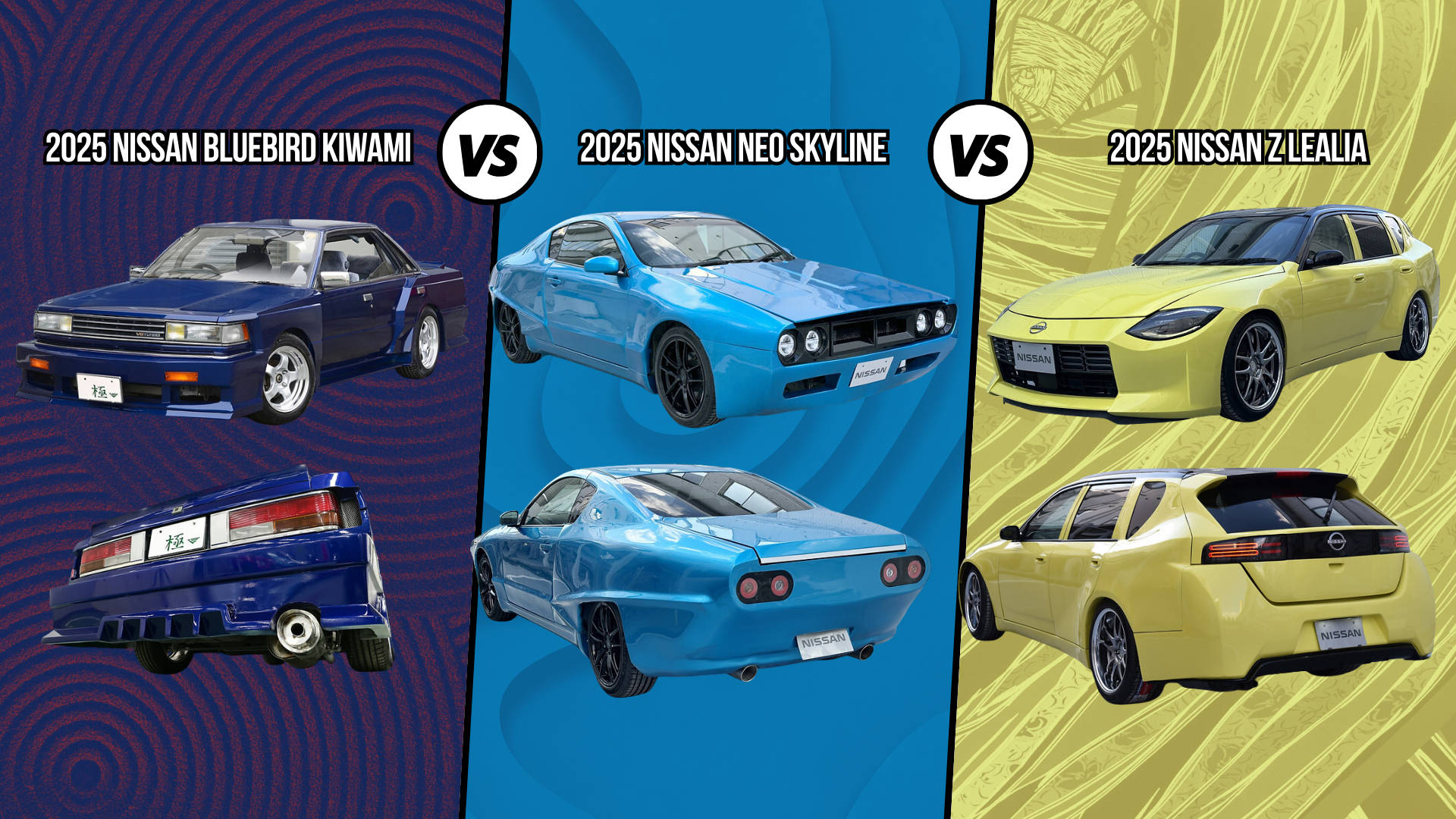

Comments